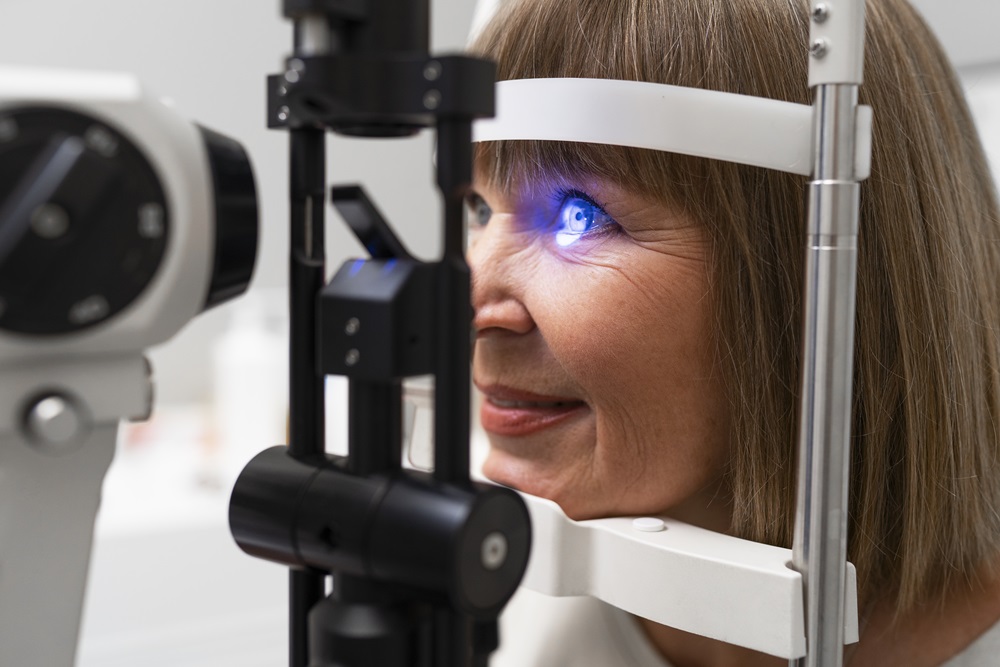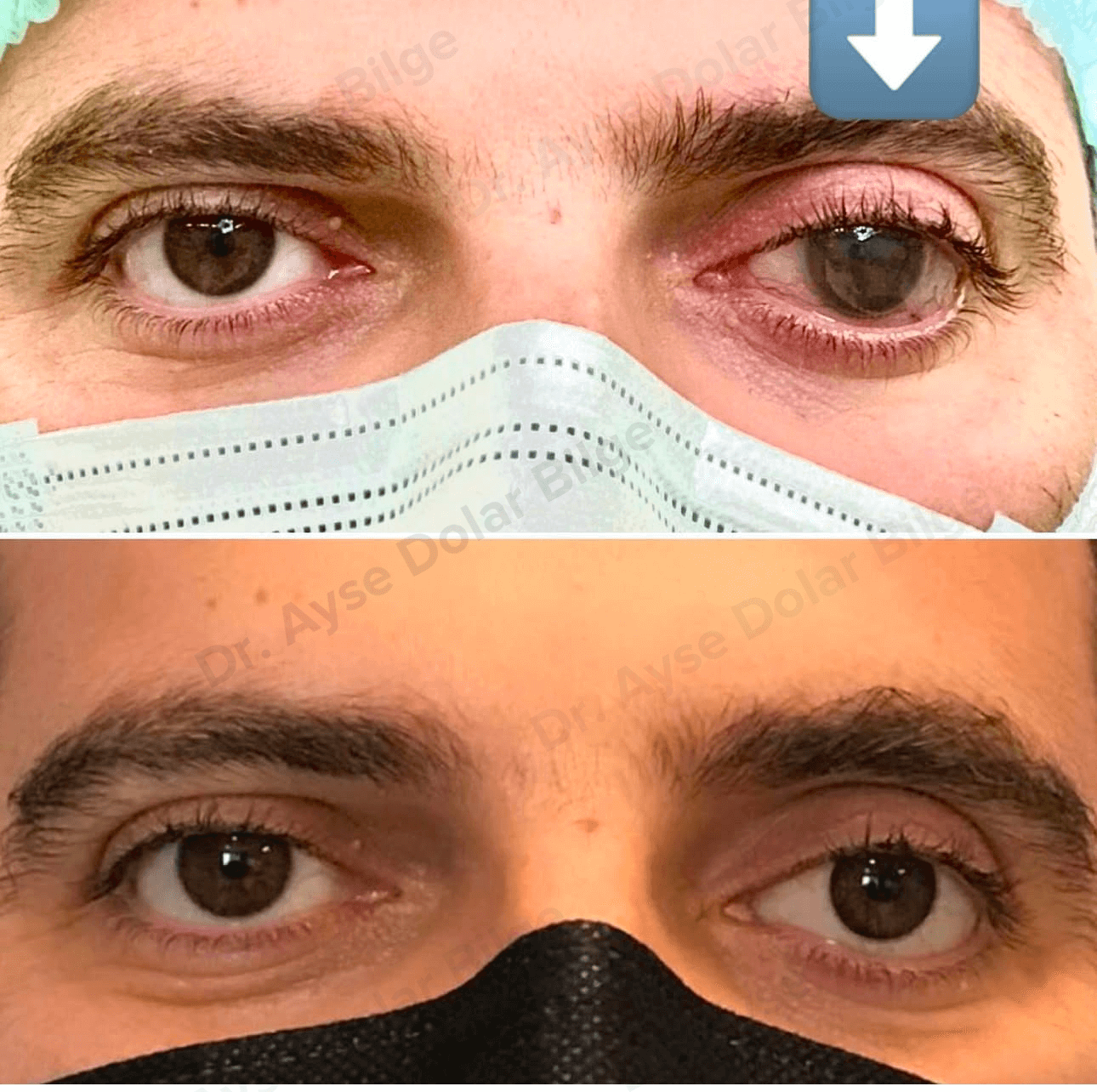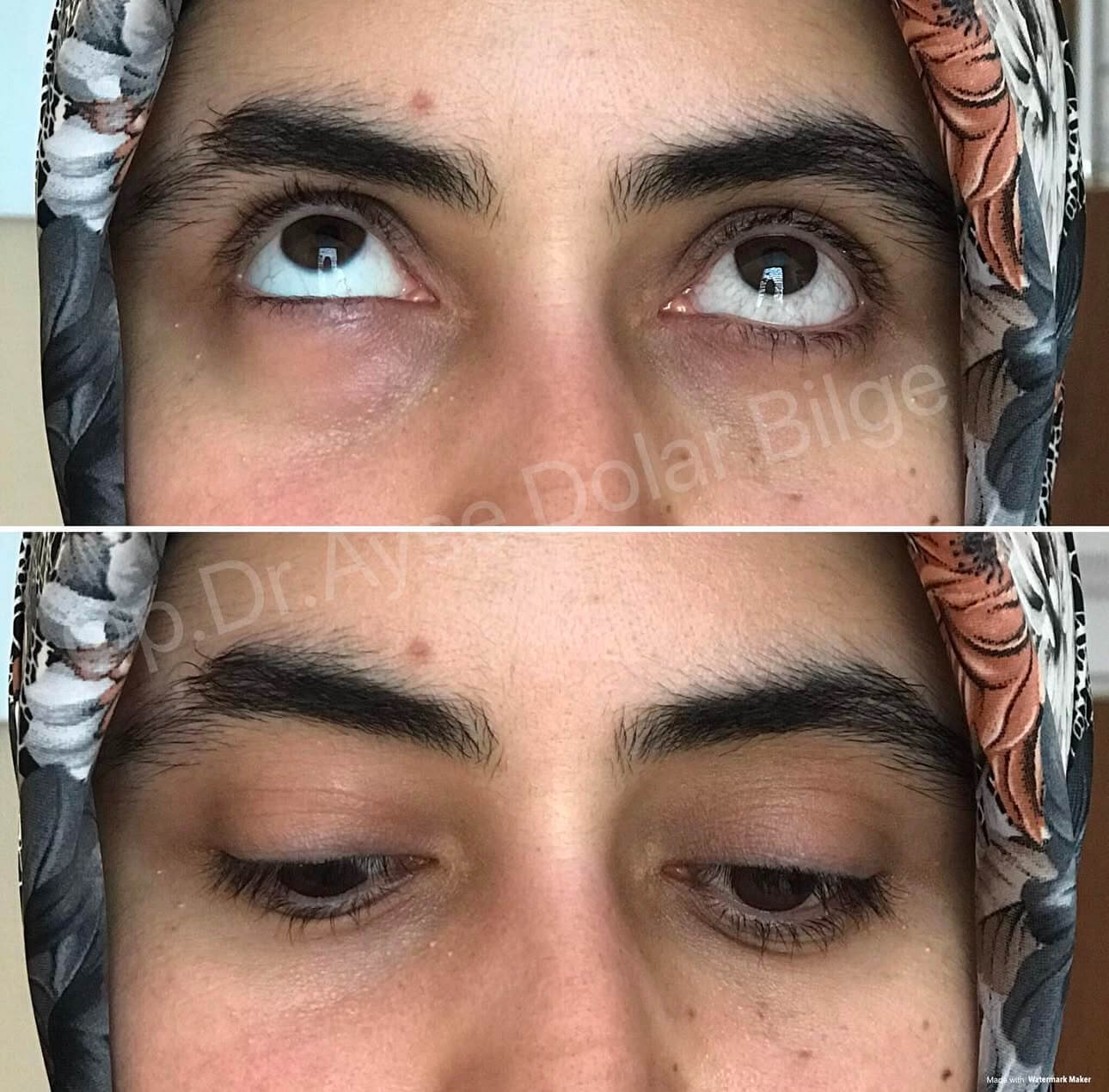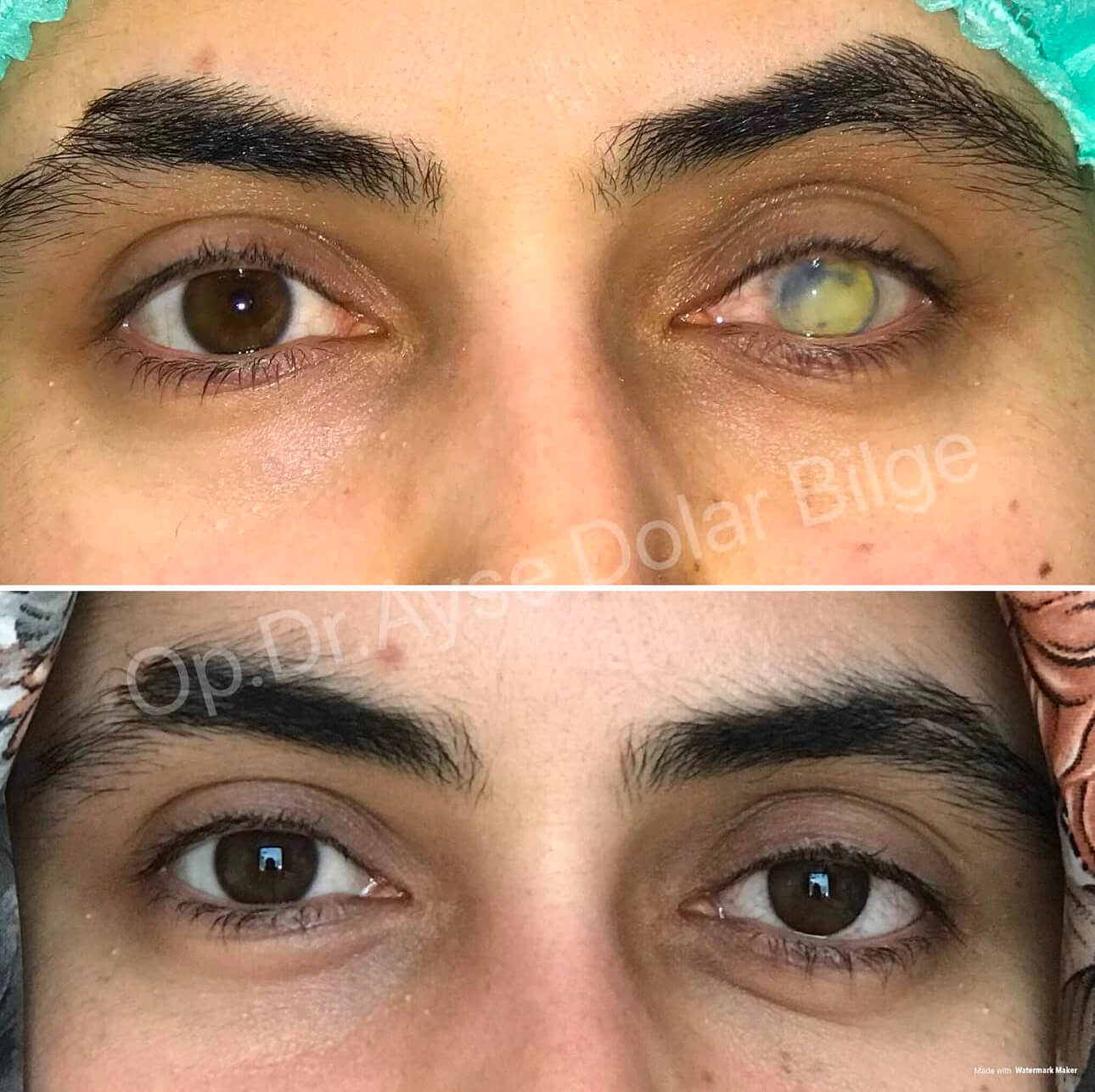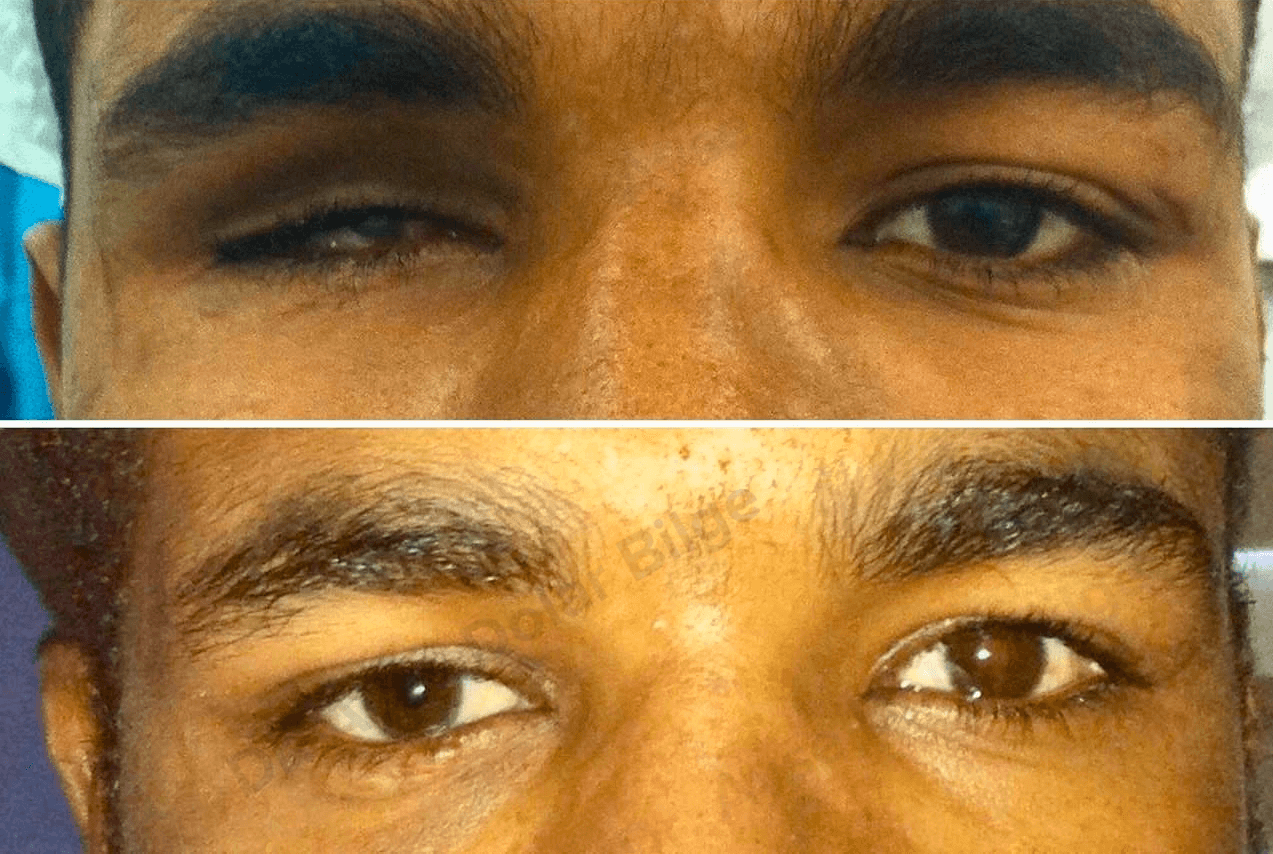The prosthetic eye socket may feel irritated or cause a burning sensation.
Insufficient tear production or poor tear quality can lead to dryness and discomfort.
Symptoms such as redness, discharge, and swelling may indicate an infection.
Poor hygiene or irregular cleaning of the prosthesis increases the risk of infection.
Over time, the prosthesis may not fit the eye socket properly, causing pressure points, pain, and tissue damage.
Surface wear and irregularities on the prosthesis can negatively affect comfort.
Prolonged use of the prosthesis may lead to volume loss in the eye socket.
Eyelid sagging can impact both the appearance and functionality of the prosthesis.
Some users may experience excessive mucus production as a reaction of the eye socket to the prosthesis.
Mucus buildup can cause blurry vision, discomfort, and the need for frequent cleaning.
Regular hygiene and maintenance: The prosthesis should be cleaned daily, and the socket should be properly moisturized.
Ophthalmologist check-ups: Regular assessments ensure proper fit and determine when the prosthesis needs replacement or adjustments.
Artificial tears: Using doctor-recommended artificial tear drops can help prevent dryness and improve comfort.
Infection treatment: If redness, discharge, or pain occurs, medical treatment such as antibiotic eye drops may be necessary.
Prosthetic eye socket issues can be minimized with proper care and routine check-ups. Consulting an eye specialist at the first sign of discomfort is essential.
